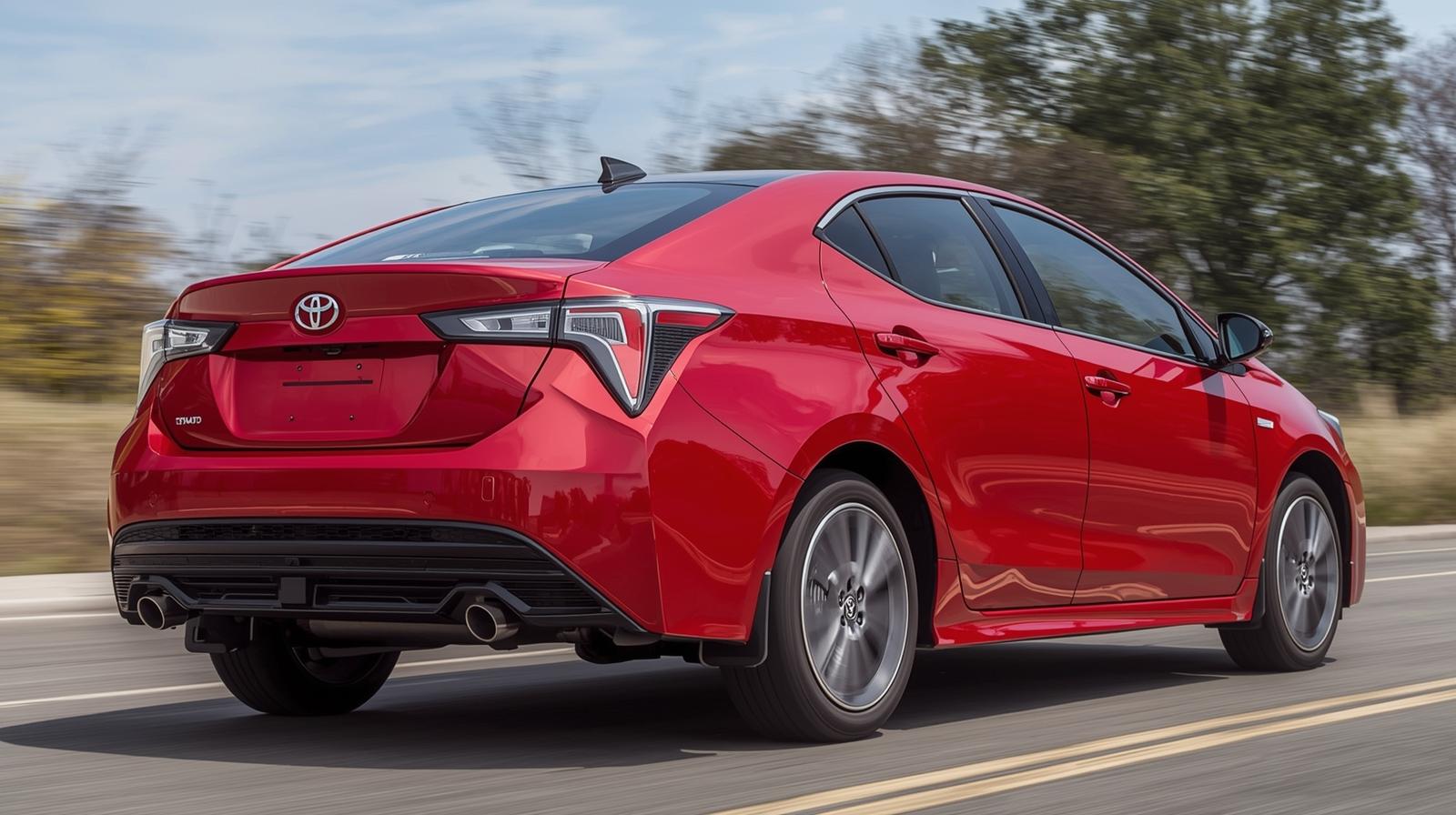7 Ways To Improve Your Safety While Driving
Having a better outlook on improving your safety while driving can ensure that you and your passengers have a safe journey. Not only can it save you money by helping to avoid common causes of accidents, but it can also save you on insurance by improving your driving record.
Improving your safety while driving can be as simple as avoiding driving when tired, but it can also be helped by factors such as paying extra attention to the speed limit or keeping a distance from other cars.
Understanding the importance of driving safety will help you better apply the practices and behaviors that protect you on the road. Even if it's hard to break old habits, making an effort is sure to help you stay safe while driving.
Why Is It Important To Reflect On Your Driving Safety?
Reflecting is the first step to breaking things down into manageable pieces and approaching them in a constructive way. It's important to carefully consider your driving practices, habits, and behaviors in order to identify areas that need improvement.
This can also help you become more aware of how certain conditions can impact your safety while driving. For example, if you are traveling with passengers or through unfamiliar terrain, it is important to be extra cautious.
Photo by Art Markiv on Unsplash
If you feel uncomfortable driving, it can be really helpful to reflect to better understand what makes you feel uneasy. This can help you develop a plan of action to make the necessary adjustments to stay safe while driving.
Having some good tips to help you get started will be immensely helpful. Sometimes safety can be as simple as understanding the best practices and learning to incorporate them into your daily routine.
What Are 7 Ways To Drive In A Safer Way?
Having a great range of tips under your toolbelt will certainly help you become a better and safer driver. Here are some of the best ways to improve your safety while driving:
1. Avoid Driving While Tired
As one of the most common causes of accidents, avoiding driving while you are tired is a must. Make sure to get enough rest, take regular breaks during long trips, and avoid taking any medications that might cause drowsiness.
Planning your trips properly to factor in enough rest can help ensure that you don't become too tired while driving. Allocating enough time for your trips and taking rest periods when needed will help improve your safety.
2. Follow The Speed Limit
Speeding is a major contributor to dangerous road conditions and can easily lead to accidents. Paying extra attention to the speed limit will help ensure that you stay safe and do not put yourself in unnecessary danger.
Understanding what kind of roads you are driving on and the conditions can also be extremely helpful. For example, driving on wet roads requires more caution, and being aware of the speed limit can help keep you safe.
More comprehension of how speed can affect your safety will also help you make better decisions about when and how to drive.
3. Leave Enough Space Between You And Other Cars
Having enough space between your car and other cars on the road can help ensure that you can respond to sudden changes in the surroundings. Keeping a distance of at least one car length is recommended, especially when driving at high speed.
If you're in an area with lots of traffic, try to be aware of the speed other cars around you are driving and any sudden changes in the course they may make.
Being aware of the size of your vehicle and the road's conditions will help you make better decisions about when and how to adjust your speed and distance.
4. Watch Out For Pedestrians and Cyclists
Pedestrians and cyclists can be especially vulnerable on the roads, so it's important to pay extra attention when you are driving.
Make sure to check left and right at intersections before proceeding, as well as check your side mirrors for any pedestrians or cyclists who may be crossing. If you are in an area with heavy foot traffic, try to be particularly cautious and always adhere to speed-limit changes in pedestrian areas.
5. Avoid Distractions Like Talking On The Phone Or Texting While Driving
One of the most publicized dangers when it comes to driving is the use of cell phones. Talking on the phone or texting while you're behind the wheel can take your attention away from what's happening on the road, making it easy for an accident to occur.
Having a hands-free device or turning off your phone and placing it out of reach can help to ensure that your phone doesn't distract you while driving. These devices can be found nearly anywhere and can be a great way to help stay safe.
Ensuring your device is locked up in your car's glove compartment, or trunk can also make it less tempting to use on the road. Applying a set of designated rules for when and how you can use your phone while driving can be a great way to stay focused.
6. Wear Your Seatbelt At All Times
Wearing your seatbelt is the most vital action you can take to ensure your safety. In many countries, it's actually a legal requirement for drivers and passengers to wear their seatbelts whenever they are in a car.
Photo by Giorgio Trovato on Unsplash
Seatbelts were not commonplace in older cars, with the fatality rate of car accidents being 30 times higher in vehicles that didn't use them. Wearing your seatbelt at all times will help ensure that you stay safe while driving, no matter what car you are in.
Making sure that everyone in the vehicle has their seatbelt on before you start driving is a great way to keep everyone safe. Additionally, wearing your seatbelt can be the only separation between life and death if you are involved in an accident.
7. Make Sure Your Vehicle Is Safe Enough To Drive
Having a vehicle that is safe to drive is essential for a safe and enjoyable journey. Making sure your car is in good condition before you set out on a trip can help to ensure that nothing unexpected occurs while you're driving.
Regularly checking your car's brakes, tires, lights, and other components will help ensure that it's safe to drive. Additionally, making sure you have enough fuel and oil is also important for a safe journey.
Following these tips will help keep you and your passenger's safe while on the roads. Remember that driving safely is always the best option and should be taken seriously at all times.
How To Incorporate New Habits Into Your Driving Routine
There's no shame in finding it difficult to break habits that you've become accustomed to when driving. Breaking habits is important, especially when it puts you and other drivers at risk, so making an effort and applying yourself can have huge rewards.
Having a plan can help make the process easier. Start by making a list of safe driving habits you want to practice, and then set some goals. Break each habit down into smaller steps so that it becomes more manageable and achievable.
It's important to remember to take things slowly and focus on one step at a time - don't try to do too much all at once. Making small changes like leaving a car length between you and the vehicle in front or not using your phone while driving can make a big difference.
How To Grow Your Knowledge Of Safe Driving Practices
Grasping the full potential of safe driving can take time and practice, so it's important to constantly strive for improvement.
Taking a defensive driving course is a great way to learn about the rules of the road and ways to stay safe on them. If you don't have access to one, many online resources are available to help you grow your knowledge.
Photo by Nelly Antoniadou on Unsplash
Reading up on driving laws, brushing up on safety tips, and speaking with experienced drivers can help you stay up-to-date with the latest safe driving practices. These resources will help ensure that you are kept informed and that you are driving as safely as possible.
Your knowledge of safe driving is invaluable, and as a responsible driver, it's important to continue to strive for improvement. Making sure that you are well-versed in the rules of the road can ensure that your journey is enjoyable, safe, and successful.
By being up-to-date on your local driving laws, as well as applying some of the tips discussed above, you can ensure that your road trips are as safe and enjoyable as possible. Safe driving is vital to keeping everyone on the roads safe, so make sure that you're doing your part!




